Native Texas Plants for Landscaping
Designing, creating, and maintaining outdoor spaces since 1992!
Contact Us Today

Residential

Commercial
Our Services
Design

Create
Maintain
At MasterScapes, your go-to landscape professionals in Fort Worth, TX, we are passionate about helping homeowners create beautiful and sustainable gardens using native Texas plants for landscaping. Native plants are key to the local ecosystem, having evolved and adapted to the Texas climate, and they offer several advantages over non-native species.
Understanding Native Texas Plants
Native plants have naturally occurred in a particular region for thousands of years without human intervention. In our case, we’re referring to Texas native plants—these are plants that have thrived in the varied landscapes and climates of our vast state long before European settlement.
The Benefits of Native Texas Plants
Landscaping with native plants offers several benefits that extend beyond your garden. Here’s why we at MasterScapes recommend growing native plants.
Environmental Benefits
Adapted to Local Ecosystem:
Texas native plants are adapted to Fort Worth, TX’s local ecosystem, soil types, and weather conditions. They provide habitat for local wildlife and support biodiversity.
Drought Tolerant:
Many native plants are highly drought tolerant, perfect for the Texas climate. They can withstand dry spells and require less watering than their non-native counterparts, which is beneficial in times of water restrictions or drought.
Improve Soil Quality:
Native plants can improve soil quality by recycling nutrients through their fallen leaves, and their deep roots can stabilize soil and reduce erosion.
Less Invasive:
Native plants are less likely to become invasive species, which can outcompete other plants and harm local ecosystems.
Economic Benefits
Low Maintenance
Texas native plants require minimal maintenance, which means less time, effort, and money spent on watering, fertilizing, and battling pests and diseases.
Lower Water Bills
Since native plants are adapted to the local climate and are often drought-tolerant, they require less watering, which can result in lower water bills.
Aesthetic Benefits
Beauty All Year Round:
Texas native plants can provide year-round interest with various textures, colors, and blooms. Bright red flowers in spring, colorful foliage in the fall, and beautiful plants that remain green in winter can enhance your landscape’s beauty throughout the year.
Attract Wildlife:
Native plants can attract hummingbirds, butterflies, and other beneficial wildlife to your garden, creating a lively and dynamic outdoor space.
Understanding Texas Ecoregions
Texas has diverse ecosystems ranging from the humid Coastal Plains to the dry Trans-Pecos region. Each of these ecoregions supports unique communities of plants and animals.
- Coastal Plains: This region extends from the Gulf Coast up to the eastern edge of Central Texas. It includes cities like Houston and Corpus Christi. The Coastal Plains region supports diverse plants, from the majestic Southern Sugar Maple to the bright red berries of Yaupon Holly.
- North Central Plains: The North Central Plains, including the Dallas-Fort Worth area, is a transition zone between the coastal plains and the drier regions to the west. This region is home to various species, from the heat-tolerant Texas Sage to the beautiful Texas Mountain Laurel with its bright purple flowers.
- Great Plains: Stretching from the Panhandle to Central Texas, the Great Plains region includes cities like Amarillo and Lubbock. Native plants here must be hardy and able to tolerate the region’s dramatic weather swings. The Bluebonnet, iconic blue flowers, and the Prickly Pear Cactus, a Texas landscape symbol, are native to this region.
- Trans-Pecos Region: This desert region, which includes cities like El Paso, is the driest part of Texas. It is home to a unique assortment of desert-adapted plants like the drought-tolerant Prickly Pear Cacti and the Desert Willow, known for its beautiful bell-shaped flowers.
Native Texas Trees for Landscaping
Landscaping with Texas native trees contributes to the local ecosystem, provides shade, enhances aesthetic appeal, and can even increase property values. Let’s delve into some of the Texas native trees perfect for landscaping in Fort Worth, TX.
Texas Mountain Laurel
This evergreen shrub can grow up to 15-20 feet tall and is known for its bright purple flowers that bloom in early spring, releasing a scent similar to grape soda.
Southern Sugar Maple
A smaller tree, typically reaching 20-25 feet tall, the Southern Sugar Maple is known for its stunning fall foliage. It prefers moist, well-drained soil and can tolerate partial shade to full sun.
Desert Willow
Native to West Texas, this small tree, growing 15-25 feet tall, boasts delicate, bell-shaped flowers ranging from pale purple to pink. Desert Willow is heat tolerant and thrives in full sun.
Native Texas Shrubs for Landscaping
Shrubs form the backbone of any landscape design, offering texture, color, and year-round interest. Here are some native shrubs perfect for your Texas garden.
Texas Sage
Also known as cenizo (Leucophyllum frutescens), this shrub is renowned for its silver foliage and beautiful purple flowers. It’s exceptionally drought-tolerant and thrives in full sun east Texas is known for.
Texas Lantana:
This perennial shrub is a magnet for butterflies and hummingbirds, thanks to its clusters of bright red, orange, and yellow flowers that bloom from spring to early fall. It’s a hardy plant that loves full sun and well-drained soil.
-
Rock Rose
This evergreen shrub produces beautiful hibiscus-like flowers during the summer. It’s heat and drought-tolerant and prefers well-drained soil and full sun.
Landscaping with Texas native shrubs is a smart choice as they are adapted to the local soil and climate, requires minimal maintenance, and provide beautiful blooms that can brighten any garden. In the next section, we’ll look at some Texas native flowers that can add color to your Fort Worth, TX landscape.
Native Texas Flowers for Landscaping
Adding native Texas flowers to your landscape enhances its aesthetic appeal and benefits local pollinators. Here are a few standout native flowers for Texas gardens:
Turk’s Cap
This shade-loving perennial boasts bright red flowers that attract hummingbirds. Turk’s Cap blooms from early summer to late fall and is heat and drought-tolerant, making it a staple in Texas landscapes.
Black-eyed Susan
The Black-eyed Susan is a classic choice for Texas gardens with its bright yellow flowers and dark center. It prefers full sun and well-drained soil and is a magnet for bees and butterflies.
Bluebonnet
With its beautiful blue flowers, the Texas state flower is a must for any Texas garden. It’s a sun-loving plant that thrives in well-drained soil and blooms in early spring.
Native Texas Grasses for Landscaping
Native Texas grasses can add movement and texture to your landscape. They’re hardy, drought-tolerant, and require minimal maintenance. Here are some top picks:
-
Inland Sea Oats
Native to Central Texas, this ornamental grass prefers partial shade and moist soil conditions. It has distinctive seed heads that persist through winter, adding interest to the garden.
-
Switchgrass
A tall, upright perennial grass that grows 3-6 feet tall, Switchgrass is known for its airy, pinkish flower spikes in the late summer and fall. It’s a versatile plant that thrives in various soil conditions and is drought-tolerant.
-
Big Muhly
Also known as Gulf Muhly, this ornamental grass stands out for its pinkish-purple flower spikes in the fall. It’s a heat-tolerant grass that prefers full sun and well-drained soil.
Maintaining Your Native Texas Landscape
While Texas native plants for landscaping and ornamental trees are generally low-maintenance, they benefit from some basic care to keep them looking their best.
- Watering: Although many native plants are drought tolerant, they still need water, particularly during dry spells. Water deeply but infrequently to encourage deep root growth.
- Pruning: Pruning helps to maintain a plant’s shape and promotes vigorous, healthy growth. It also allows you to remove dead flowers, prolonging the blooming period for some species. For example, after the Texas Mountain Laurel’s purple blooms fade, removing spent flowers is a good idea to keep the plant looking its best.
- Fertilizing: Native plants have adapted to local soil conditions and often don’t require additional fertilization. However, a slow-release, low-nitrogen fertilizer may benefit certain plants in poor soil.
- Pest and Disease Management: Native plants are typically more resistant to pests and diseases than non-native plants. However, looking for potential issues can help keep your plants healthy.
Connect with Us: Native Landscaping with MasterScapes
As a Fort Worth, TX homeowner, incorporating Texas-native plants into your landscape is a sustainable and beautiful choice. Native trees, shrubs, flowers, and grasses can transform your garden into a dynamic, low-maintenance, and wildlife-friendly space.
At MasterScapes, we’re passionate about promoting and using Texas-native plants for landscaping. We understand the local ecosystem and the Texas climate and have the expertise to create a beautiful landscape with the best native plants tailored to your specific site conditions.
So whether you’re looking to attract hummingbirds with bright red flowers, add the many evergreen shrubs of Texas Mountain Laurel for year-round interest, or create a desert landscape with Prickly Pear Cactus, we’re here to help. Contact us today to start planning your Texas native landscape!
FAQs: Native Texas Plants: Your Landscaping Questions Answered
Q: What does MasterScapes specialize in?
A: MasterScapes specializes in a wide range of landscaping services in the greater Fort Worth area. Our services include landscape design and installation, maintenance, and lawn care services. We have extensive experience in designing landscapes using native Texas plants for both residential and commercial clients.
Q: Why should I consider using native Texas plants in my landscaping?
A: Native Texas plants are adapted to the local climate and soil conditions, which makes them more drought-tolerant, disease-resistant, and lower maintenance than non-native species. They also contribute to the local ecosystem by providing food and habitat for native wildlife.
Q: I want a landscape that attracts birds and butterflies. Which native Texas plants should I consider?
A: Many native Texas plants can attract wildlife to your garden. For example, the Texas Lantana and Turk’s Cap have bright red flowers that attract hummingbirds, while bees and butterflies love the Texas Mountain Laurel and Desert Willow.
Q: What type of maintenance do native Texas landscapes require?
A: While we grow native plants in Texas, landscapes are generally lower maintenance than landscapes with non-native plants, they still require some basic care. This can include watering during dry spells, occasional pruning to maintain shape and promote growth, and monitoring for pests and diseases.
Q: I have a small garden. Can I still use native Texas trees in my landscape design?
A: Absolutely! Several smaller native Texas trees are perfect for smaller landscapes or use as accent plants. Examples include the Texas Mountain Laurel, Southern Sugar Maple, and Desert Willow.
Q: Can MasterScapes help me choose native Texas plants for my landscape?
A: We have extensive experience designing landscapes using native Texas plants. We can help you assess your site conditions, choose the right plants, and design a beautiful, sustainable landscape that meets your needs.
Q: How can I ensure my native Texas plants thrive?
A: The key to growing healthy native Texas plants is to match the native plant well to the site conditions. This means considering sunlight, soil type, and water availability when choosing your plants.
Q: Can I plant native Texas flowers and grasses together?
A: Native Texas flowers and grasses can complement each other beautifully in a landscape. Flowers provide pops of color, while grasses add texture and movement.
Q: How can native Texas plants improve my property value?
A: A well-designed landscape with native Texas plants can enhance your property’s curb appeal, making it more attractive to potential buyers. Plus, the lower maintenance requirements of native landscape plants also can be a selling point.
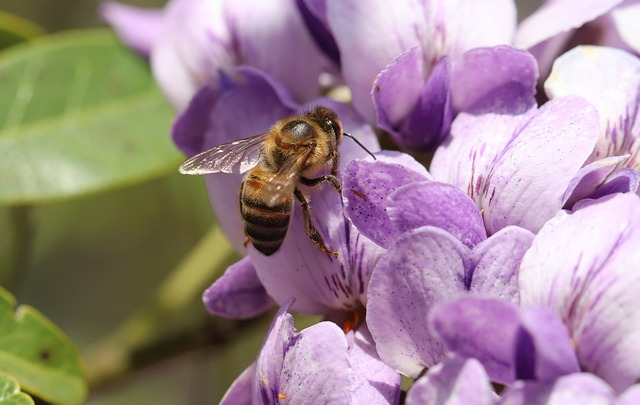
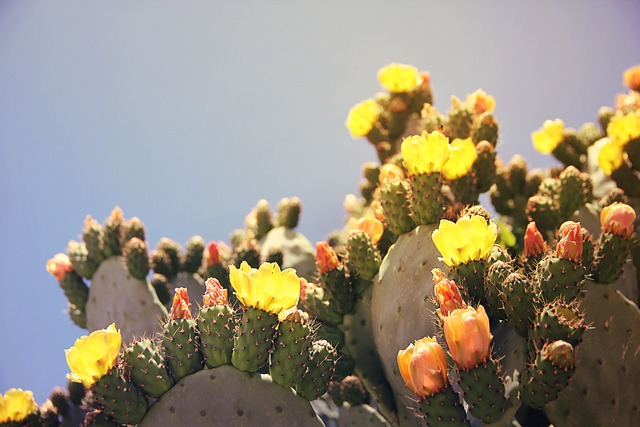
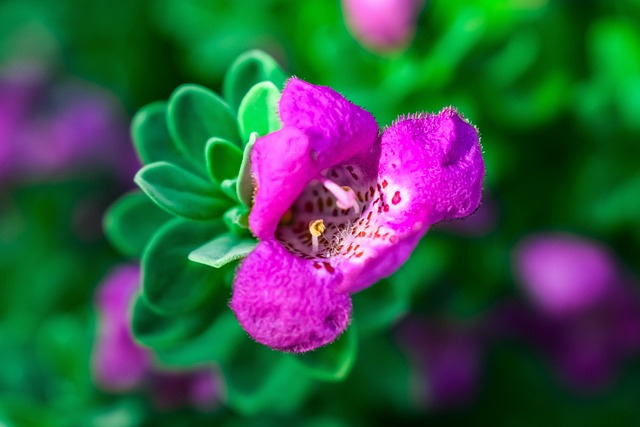

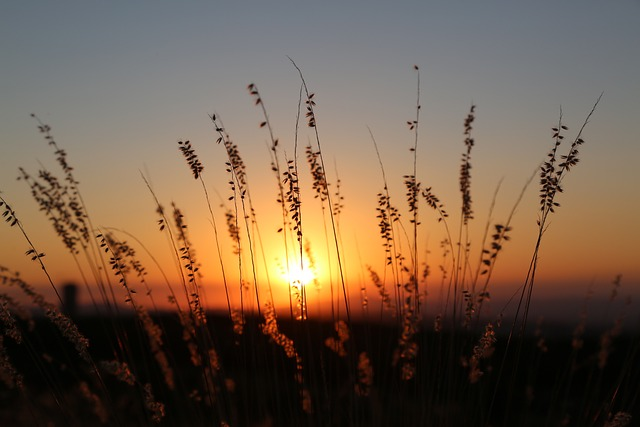
What Makes Us Unique

Professional




Capable




Relational
From Our Clients












Our Work








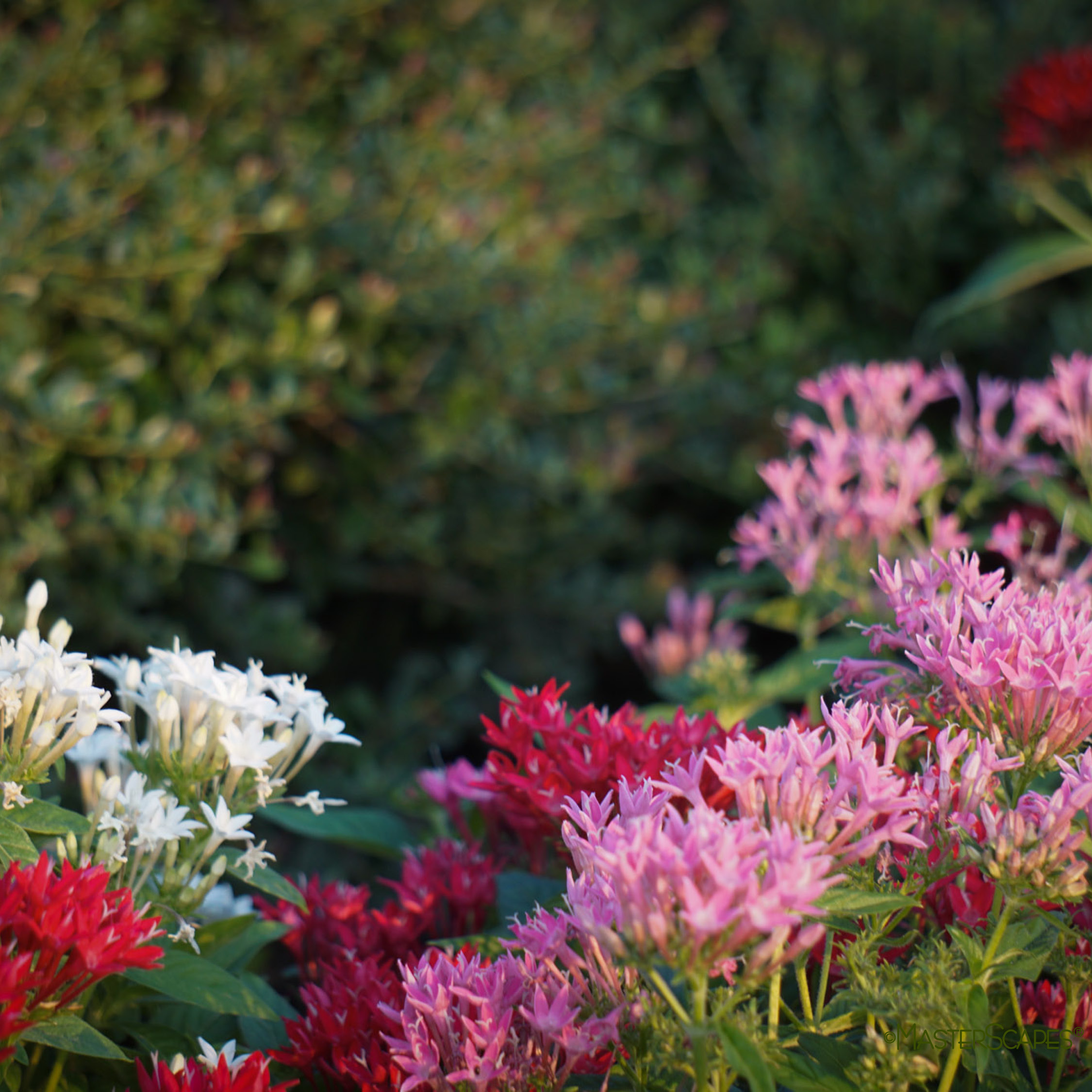



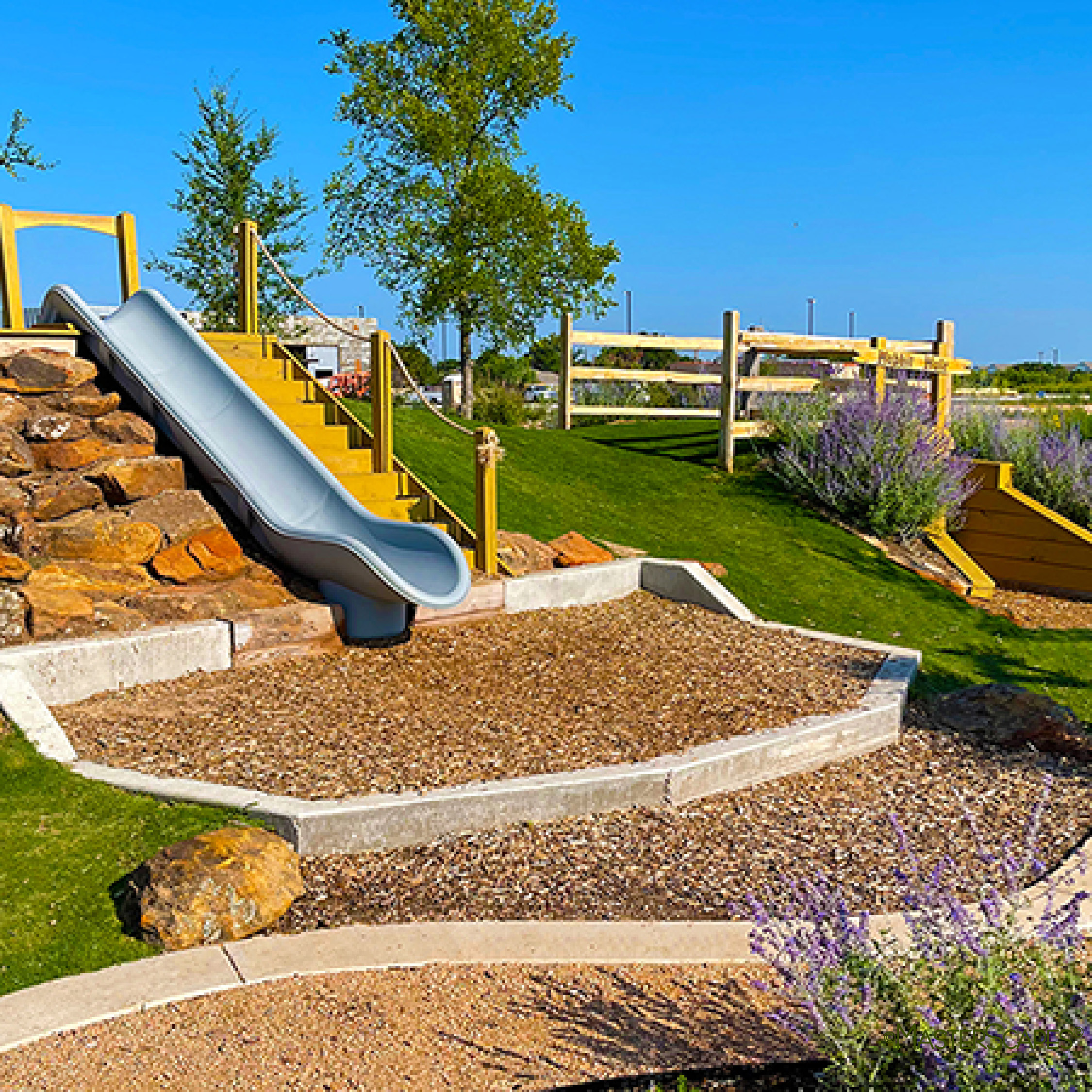

Our Process




